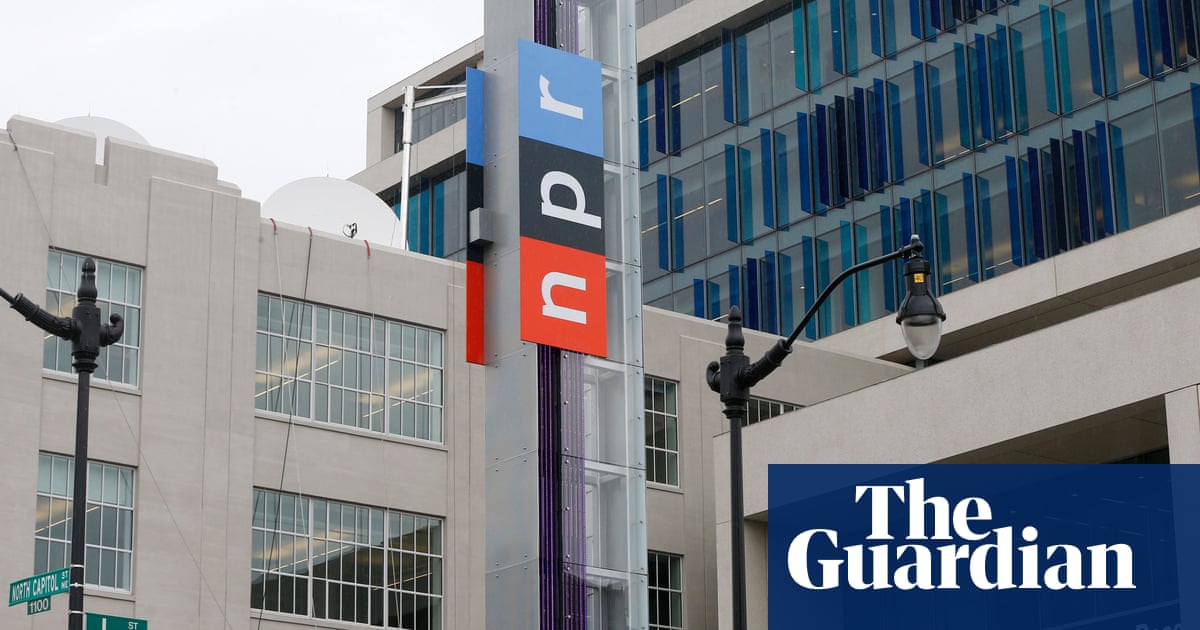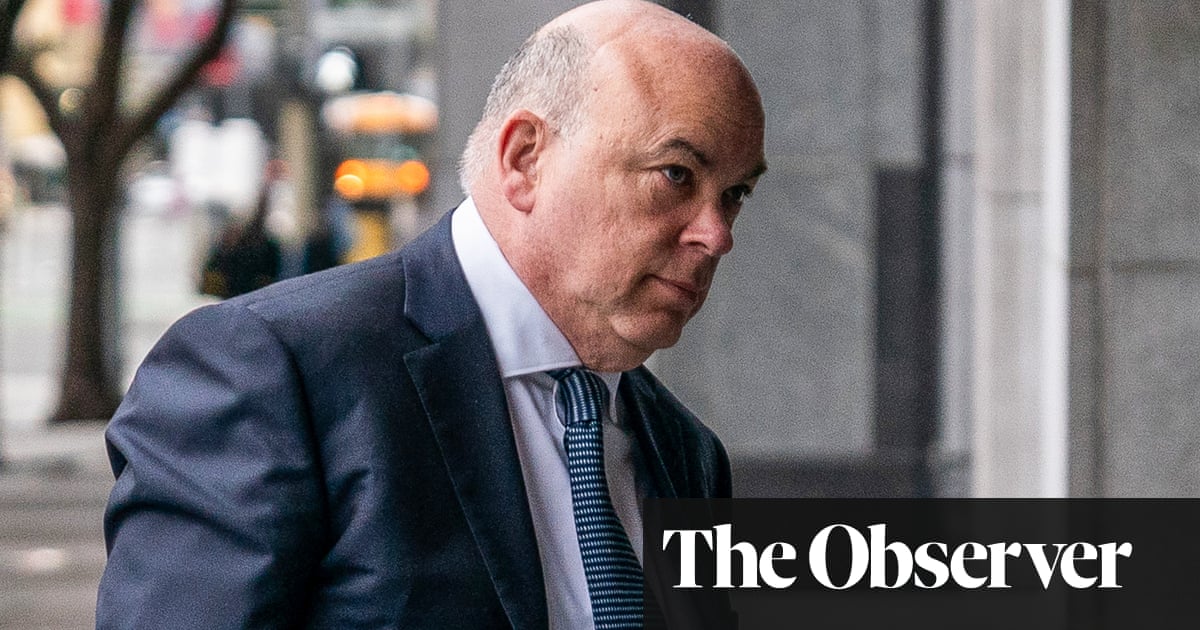
Were you watching live music in a field/city park/stadium/arena/back room of a pub last weekend? If so, you weren’t alone. Wherever you looked there seemed to be a festival or mega-gig blaring away. London alone felt like it might collapse under the force of decibels as a reported one million people went to a gig last week.
I was at Blur for the first of their two Wembley stadium gigs, but you could have taken your pick between The Weeknd, shaking off the stink of The Idol at the Olympic stadium across two nights; The Boss at Hyde Park on Friday and Saturday; Lana Del Rey (making curfew this time), at the same venue on Sunday; the, ahem, delights of Black Eyed Peas and Kaiser Chiefs at Greenwich Summer Sounds; or a bouncing Wireless festival weekend in Finsbury Park featuring Playboi Carti, Travis Scott and Lil Uzi Vert.
And that was just London. Elsewhere in the UK, you could have caught Pulp, Sam Fender and The 1975 at the T in the Park-usurping TRNSMT festival in Glasgow, or enjoyed the noughties rock-tastic lineup (Rival Schools! Hundred Reasons! Hell is for Heroes!) at 2000trees in Gloucestershire. You could have also been in Malvern to see KC and the Sunshine Band and Sampa the Great at the good-vibes-only El Dorado festival, or you could have seen Pulp in Scarborough, The Lumineers in Halifax, or any one of the hundreds of regular gigs motoring along across the length and breadth of the UK.
But how many gigs is too many gigs in one weekend? There was a feeling, best articulated in this Clash piece about the risible numbers for Mötley Crüe and Def Leppard at Wembley the weekend before, that there might be an unsustainable number of live events at present: too many gigs, not enough people to attend them, certainly at some of the prices being asked for. In the event, despite Blur having to slash prices for some of the nosebleed seats for the second night at Wembley, all of those many London gigs and festivals last weekend seemed to be full or close to it.
Besides, you suspect last weekend might have been a bit of a unicorn – a perfect storm of lots of big venues being available on the same weekend (want to book the Olympic Stadium this weekend? Tough luck, the monster trucks are on), lots of artists wanting to tour at the same time, plus the usual summer festival glut. More generally, this has been a year where the gig industry is trying to play catch up after that long pandemic-affected period. Sure, 2022 might have been the year where normality started to return to gig-going, but a lot of the bigger touring shows – scheduled and booked in some cases more than a year in advance – wouldn’t have been in a position to commit to dates that early – hence the surge of shows in 2023.
What’s striking about the surge of big-name shows is how detached it seems from the far bleaker outlook for live music in this country, where 100 festivals have packed up since Covid, artists are struggling to make a living from live performance and smaller venues are closing en masse due to rocketing costs, noise complaints or vampiric property developers. There’s a growing disconnect between the top rung of live music – where eight vast new venues are currently in development, city parks are booked up for gigs and festivals all summer (to the inconvenience of local residents), and ticket prices continue to spiral – and its struggling lower rungs. As is often pointed out, it’s the grassroots scenes that facilitate that top rung, providing a valuable platform for artists on their way up, and offering younger audiences an affordable chance to see live music and build a habit of gig going. Take that away and the whole edifice starts looking shaky. Soon we might not be asking why there are so many gigs going on every weekend – but why there are so few.
If you want to read the complete version of this newsletter please subscribe to receive The Guide in your inbox every Friday.












